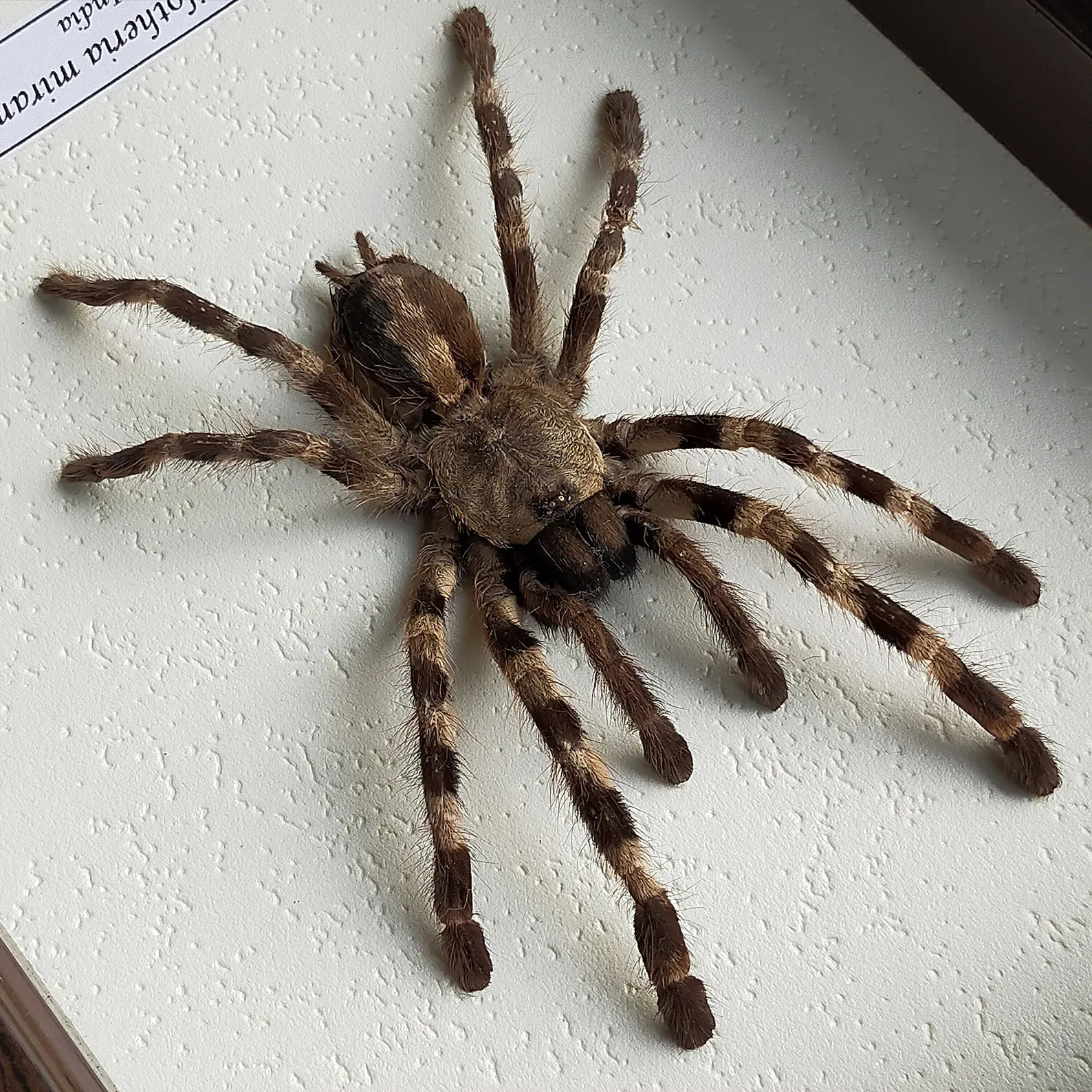The Allure of the Rare Tarantula
Tarantulas, with their imposing size and often vibrant colors, have captivated the human imagination for centuries. While many species are relatively common, certain tarantulas are incredibly rare, adding an extra layer of fascination to these arachnids. The rarity of these species can be attributed to a combination of factors, making them highly sought after by enthusiasts and researchers alike. Understanding what makes a tarantula rare is the first step in appreciating the unique qualities and the challenges these creatures face in the wild. Discovering their secrets means a journey to the unknown, understanding their habitats, and protecting their future. This journey into the world of rare tarantulas unveils a world of hidden beauty and ecological importance.
What Makes a Tarantula Rare?
Several factors contribute to a tarantula’s rarity. These can include specific habitat requirements, limited geographic distribution, and slow reproductive rates. The intersection of these elements often leads to small population sizes and increased vulnerability to environmental changes or human interference. Conservation efforts are critical for the survival of these rare species, which play essential roles in their ecosystems. The more we understand the reasons behind their scarcity, the better we can protect these amazing creatures.
Habitat Specificity
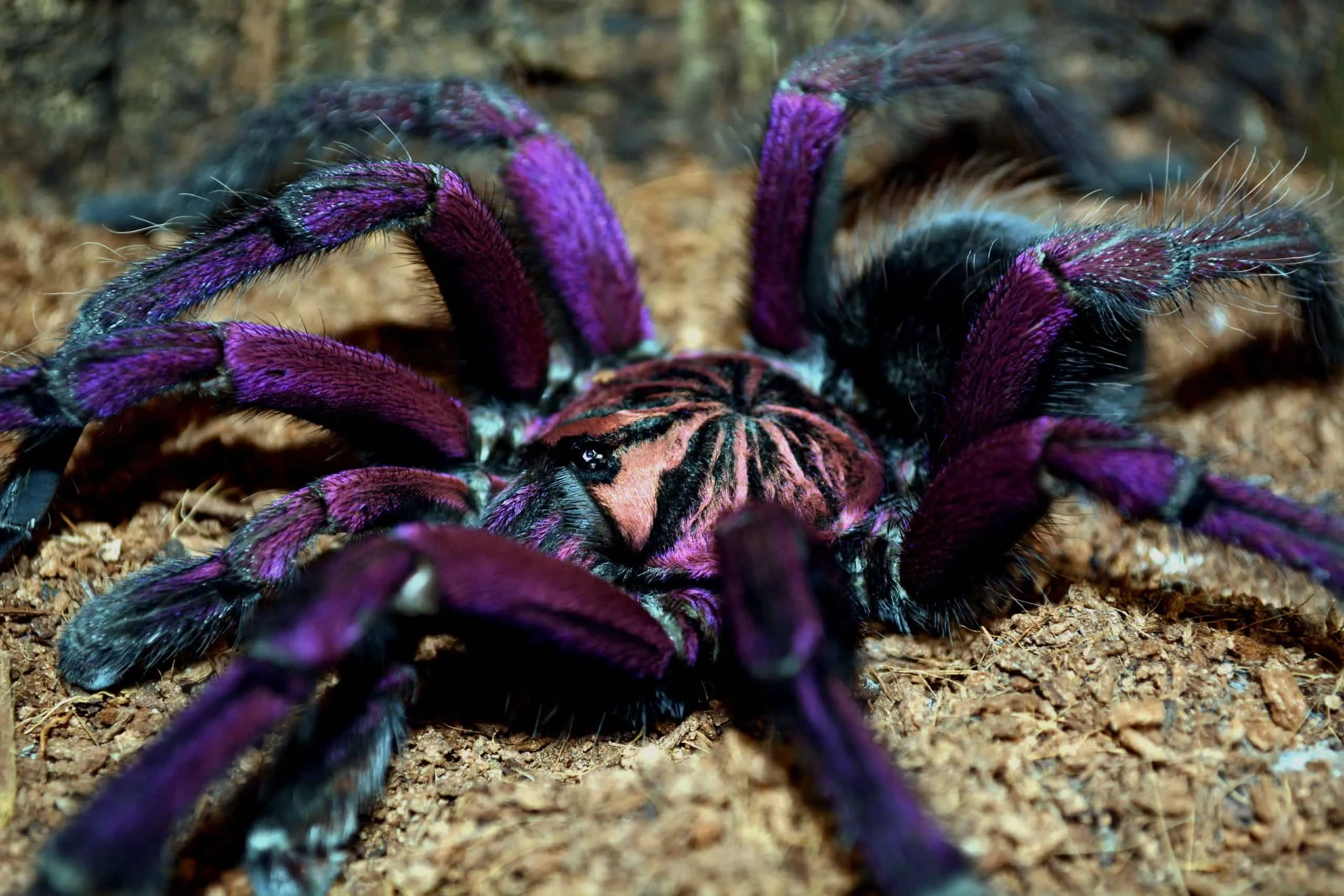
Many rare tarantulas have very specific habitat requirements, such as unique soil types, humidity levels, or microclimates. They may only thrive in a narrow range of conditions, making them highly susceptible to habitat loss or degradation. Deforestation, climate change, and other environmental factors can rapidly diminish suitable habitats, further endangering these already vulnerable species. This specialization means that even small changes to their environment can have devastating effects on their populations, making conservation efforts all the more crucial.
Limited Geographic Distribution
Some rare tarantulas are only found in very specific geographic locations, such as a single mountain range, island, or even a small region within a larger area. This limited distribution means that their populations are inherently small and isolated, increasing their risk of extinction. These species are particularly vulnerable to localized threats, such as habitat destruction or the introduction of invasive species. Their restricted ranges also make it more difficult to implement effective conservation strategies, requiring targeted efforts to protect their specific habitats.
Slow Reproduction Rates
Tarantulas, in general, have relatively slow reproductive rates compared to other invertebrates. Females often take several years to reach maturity and may only produce a few egg sacs in their lifetime. This slow reproductive cycle makes it difficult for rare tarantula populations to recover from declines, further compounding their vulnerability. Any disturbance to their population, whether from habitat loss, predation, or the pet trade, can have long-lasting consequences, making conservation efforts all the more critical to ensure their survival.
Fact 1 The Pinkfoot Goliath Tarantula
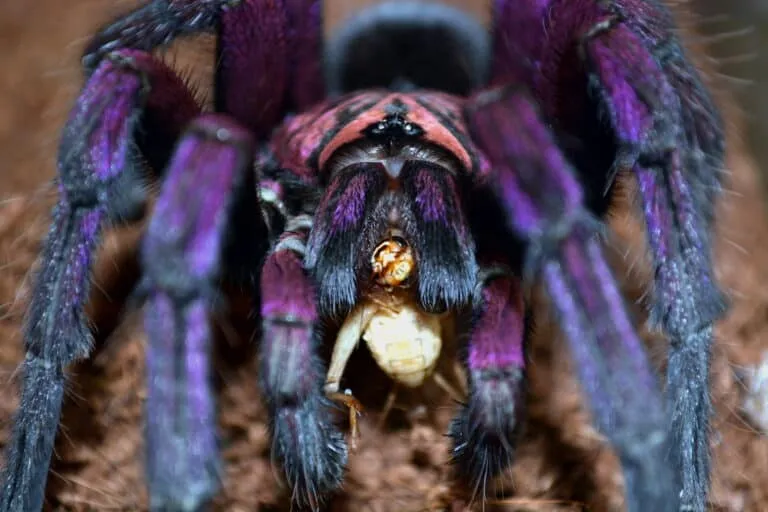
The Pinkfoot Goliath Tarantula (Theraphosa apophysis) is a stunning species known for its large size and distinctive pink feet. These tarantulas are native to a small region in South America, where they inhabit burrows in the rainforest floor. Their rarity stems from their specific habitat requirements and limited distribution. This magnificent species is a reminder of the incredible biodiversity found in the world’s rainforests. The Pinkfoot Goliath Tarantula, with its beauty and the challenges it faces, underscores the importance of conservation and the protection of natural habitats.
Appearance and Characteristics
The Pinkfoot Goliath Tarantula is one of the largest tarantula species in the world, with a leg span that can reach up to 10 inches or more. They are characterized by their robust bodies, dark coloration, and striking pink coloration on the tips of their legs. This coloration gives them their common name and adds to their appeal. Their impressive size and unique appearance make them a fascinating subject for both researchers and enthusiasts alike. Their presence is a significant indicator of ecosystem health in their specific rainforest habitat.
Conservation Status
The Pinkfoot Goliath Tarantula faces threats from habitat loss due to deforestation and the pet trade. While not currently listed as endangered, their limited range and specific habitat requirements make them vulnerable. Conservation efforts focused on protecting their native rainforests and regulating the pet trade are essential to ensure their survival. Promoting responsible pet ownership and supporting conservation initiatives are crucial steps towards preserving this unique and beautiful species for future generations. Education and awareness play a vital role in the conservation strategy.
Fact 2 The Socotra Island Blue Baboon Tarantula
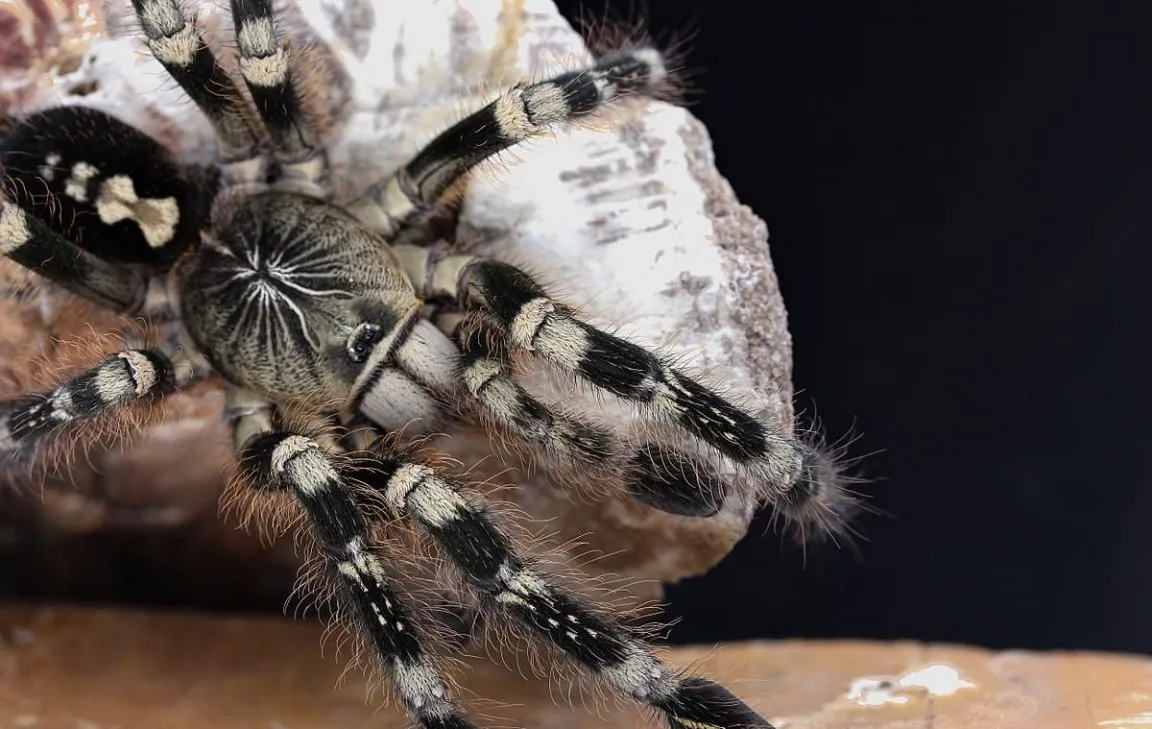
The Socotra Island Blue Baboon Tarantula (Monocentropus balfouri) is a stunning species found only on the Socotra Island, off the coast of Yemen. This tarantula is known for its striking blue coloration, which makes it a highly sought-after species in the pet trade. Its rarity is directly tied to its restricted geographic range, making it vulnerable to habitat loss and unsustainable collection practices. Protecting the Socotra Island ecosystem is vital to preserving this unique arachnid.
Unique Features
The Socotra Island Blue Baboon Tarantula stands out due to its vibrant blue coloration, which is particularly striking in adult females. They also exhibit unique behaviors and adaptations to their arid island environment. This species has a moderate size, with females reaching a leg span of about 5-6 inches. Their beauty and unique features make them a popular choice for tarantula enthusiasts. The spider’s survival on Socotra Island is a testament to its resilience in a challenging environment.
Threats to Survival
The primary threats to the Socotra Island Blue Baboon Tarantula include habitat destruction, climate change, and over-collection for the pet trade. The island’s unique ecosystem is under pressure from various human activities. Sustainable conservation efforts, habitat preservation, and responsible pet trade practices are crucial to protecting this beautiful tarantula. Protecting its natural habitat and limiting unsustainable practices are key to ensuring its survival in the wild. The future of this species hinges on conservation efforts.
Fact 3 The Tiger Rump Tarantula
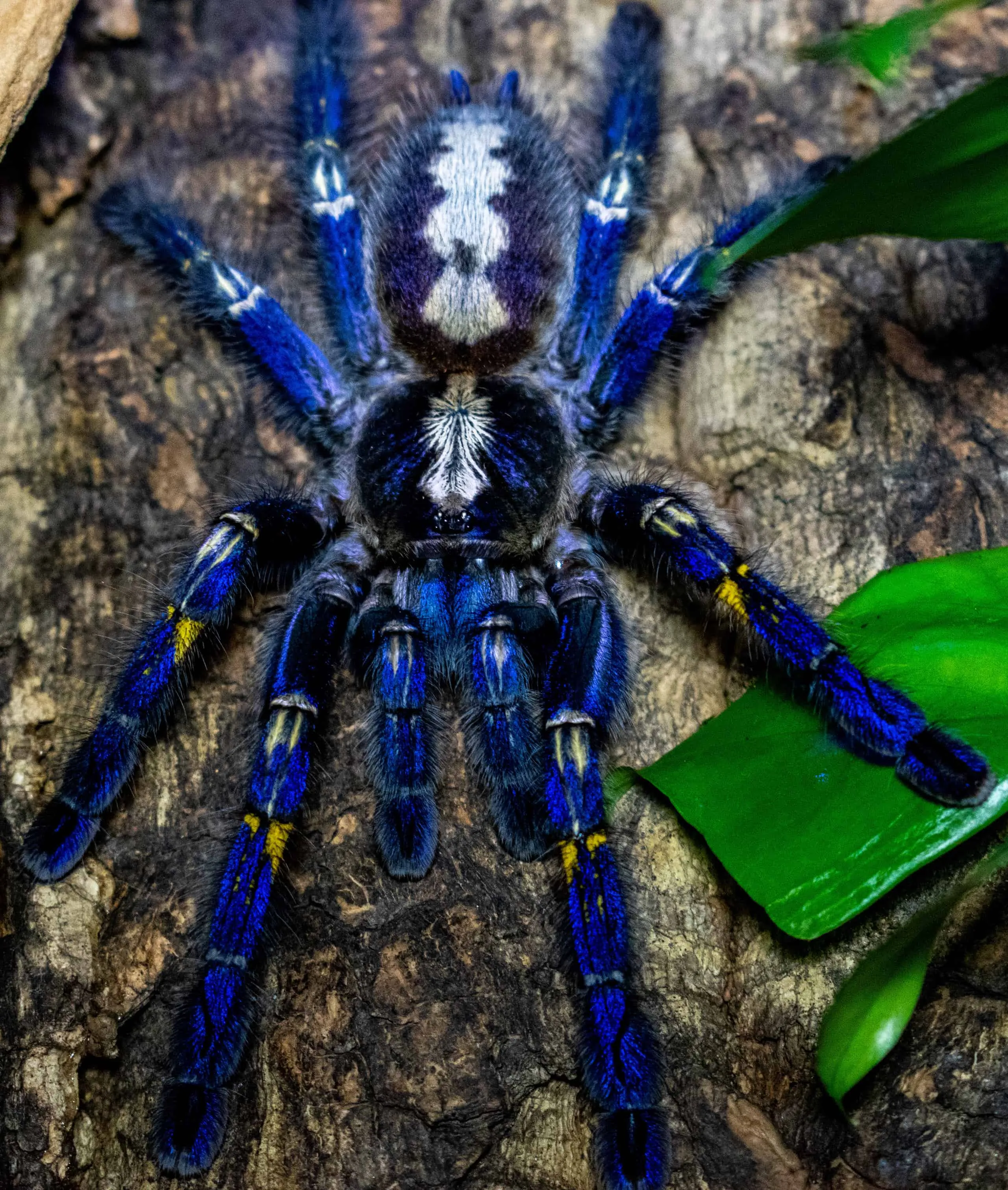
The Tiger Rump Tarantula (Cyriopagopus sp.) is another rare species, famous for its striking black and gold markings on its abdomen, resembling tiger stripes. Found primarily in Southeast Asia, this species is becoming increasingly rare due to habitat loss and unsustainable collection for the pet trade. Conservation efforts are urgently needed to protect the remaining populations. Protecting this species involves safeguarding its habitat and enforcing regulations to prevent over-collection.
Distinctive Markings
The Tiger Rump Tarantula earns its name from the prominent black and gold tiger-like stripes on its abdomen. This striking pattern makes it a highly sought-after species in the pet trade. They are known for their defensive behaviors, including the flicking of urticating hairs. These hairs can cause irritation and are a natural defense mechanism against predators. The species’ distinct appearance contributes to its popularity among tarantula keepers.
Diet and Behavior
Tiger Rump Tarantulas are opportunistic hunters, feeding on a variety of insects and small invertebrates. They are primarily nocturnal and spend most of their time in their burrows. Understanding their natural diet and behavior is critical for their conservation. Replicating their natural environment and diet in captivity is essential to their wellbeing. Research into their behavior can lead to more effective conservation strategies and help ensure their survival.
Fact 4 The Chaco Golden Knee Tarantula
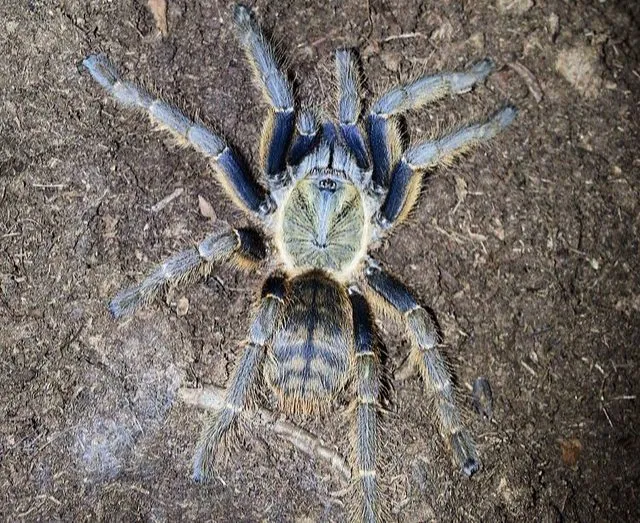
The Chaco Golden Knee Tarantula (Grammostola pulchra) is a relatively rare species, especially when compared to its more common cousin, the Brazilian Black Tarantula. They are known for their beautiful golden markings on their knees, which gives them their name. While not as critically endangered as some other species, their populations are vulnerable to habitat loss and the pet trade. Conservation efforts focused on sustainable practices in the pet trade are essential for protecting this species.
Popularity in the Pet Trade
The Chaco Golden Knee Tarantula is popular among tarantula keepers due to its docile temperament and attractive appearance. However, increased demand can lead to over-collection in the wild. Promoting responsible pet ownership and supporting captive breeding programs can help mitigate the impact on wild populations. Educating enthusiasts about the importance of ethical sourcing is key to their long-term survival. Supporting sustainable practices within the pet trade helps secure their future.
Lifespan and Care
The Chaco Golden Knee Tarantula has a relatively long lifespan, with females living up to 20 years or more in captivity. Providing proper care, including appropriate habitat, temperature, and humidity, is essential for their well-being. Understanding their needs and providing a suitable environment can promote a healthy life in captivity. With proper care, these spiders can thrive in a captive environment.
Fact 5 The Vietnamese Blue Tarantula
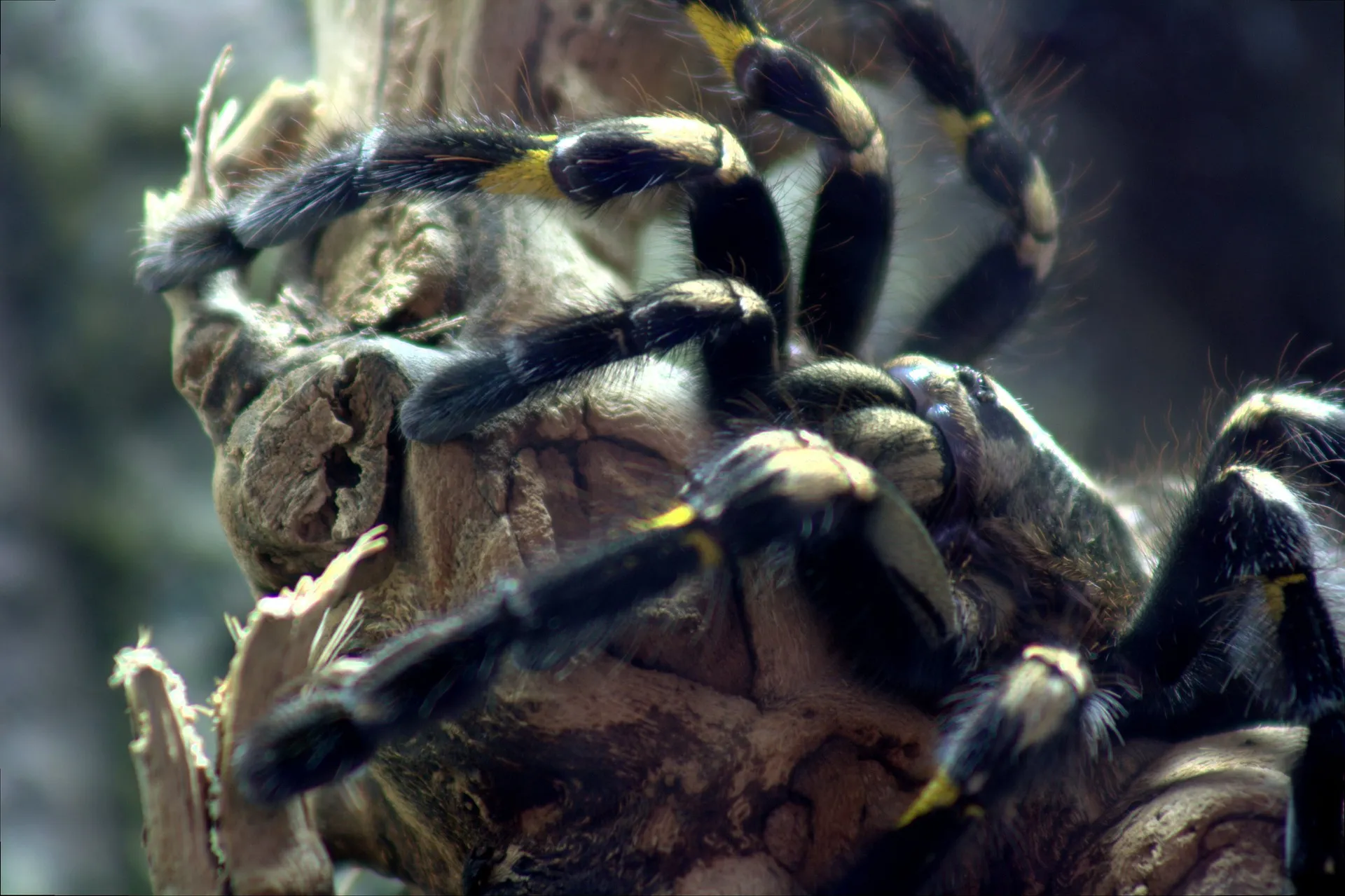
The Vietnamese Blue Tarantula (Chilobrachys dyscolus) is a striking species native to Vietnam, known for its vibrant blue coloration. Due to habitat loss and collection for the pet trade, this tarantula is considered to be rare. Conservation measures are crucial to safeguard their remaining populations and habitats. Their stunning coloration makes them a highly desirable species.
Coloration and Venom
The Vietnamese Blue Tarantula boasts a brilliant blue coloration that makes it a popular choice for tarantula enthusiasts. While its venom is considered mild compared to other tarantulas, it can still cause localized pain and discomfort. This species’ beauty, coupled with the need for caution, adds to its allure. Their coloration is a key reason for their appeal in the pet trade, making their conservation even more important.
Conservation Efforts
Conservation efforts for the Vietnamese Blue Tarantula include habitat protection and efforts to combat unsustainable collection practices. Supporting captive breeding programs can also help reduce pressure on wild populations. Monitoring populations and implementing protective measures are vital for the species’ long-term survival. Conservation efforts will help keep this species in its natural habitat.
Conclusion
Rare tarantulas face significant challenges, from habitat loss to unsustainable collection practices. Understanding their unique characteristics and the threats they face is the first step in protecting them. The five species discussed here represent only a fraction of the incredible diversity and beauty found in the tarantula world. By supporting conservation efforts, promoting responsible pet ownership, and raising awareness, we can help ensure these magnificent creatures thrive for generations to come. Each species plays an essential role in its ecosystem, making their preservation vital for biodiversity.
Where to Learn More About Rare Tarantulas
For those interested in learning more about rare tarantulas, several resources are available, including online databases, scientific journals, and conservation organizations. Reputable breeders and pet stores can provide valuable information. Always be sure to source tarantulas ethically and support conservation efforts. Educating yourself and staying informed will contribute to the protection of these amazing creatures. Support organizations dedicated to tarantula conservation, and always prioritize the ethical treatment of animals.
